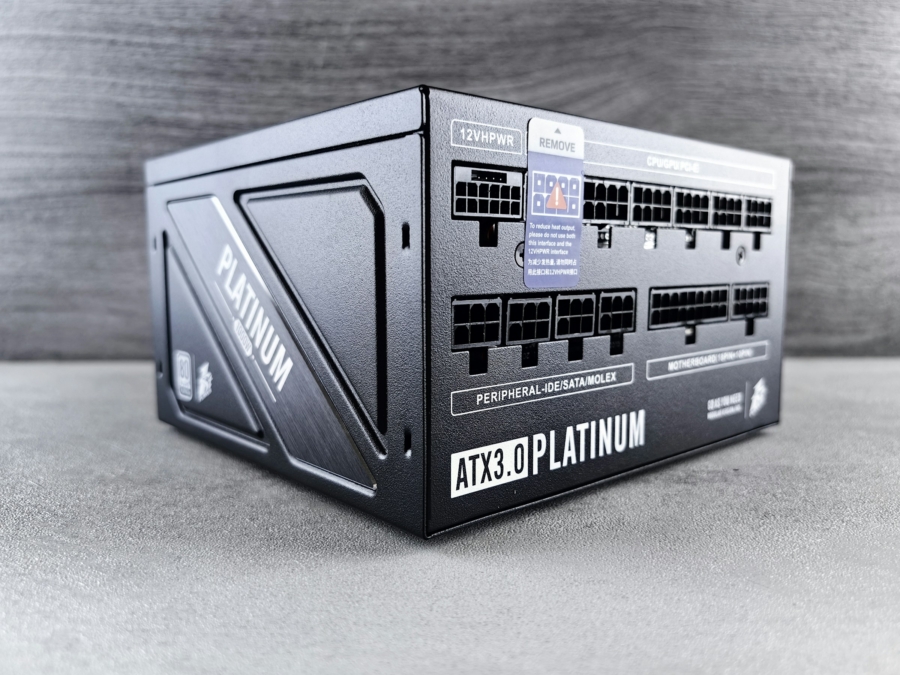App to Calculate PSU Requirement for PC Builds
As obvious as it sounds, having a bigger PSU is not always recommended. In fact, from my experience, PSU has changed as the “meta” behind the PC builds have changed. Back when I was shopping my last PSU for eGPU, I was interested in how many PCIe auxiliary it can support. Nowadays, both PCIe cards (or rather, graphics cards) and PSU use 16-pin 12VHPWR instead.
Long story short, there is a sweet spot for PSU for efficiency. And many manufacturers and parts sellers have their calculator available online. One I recommend is from be quiet!, because it has the options and the UI I expect from the calculator app. The result page even describes how the calculation came out to be, and what would be the ideal model the manufacturer can suggest. You do need to buy a PSU from the company, but they give you the detailed scenarios of what their offerings are and how it would work out, not just for the power efficiency, but for affordability.
I was pleasantly surprised to find out new cases have more accessible designs to upgrade or swap out PSUs. I recall, back in the days, some of the pre-built PCs had ear-scratching high-pitched noise making PSU; and in order to swap it out, I had to take out the mother board. It’s also quite odd, having seen the modular design of Apple’s, the cable-less design of MPX, isn’t all that different from what modern PC is aiming to achieve. If a new PCIe standard is to be proposed that supports higher power supply with the sturdy support bracket, it would look similar to what the California company tried to do. Not that it should be done. I don’t think consumers would be willing to entrust mother boards to handle more power than it already is.
